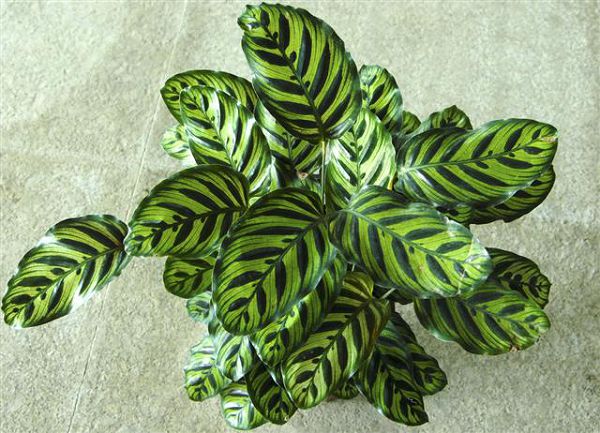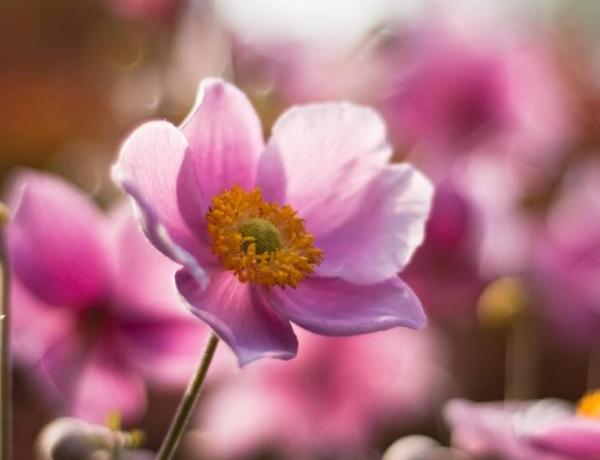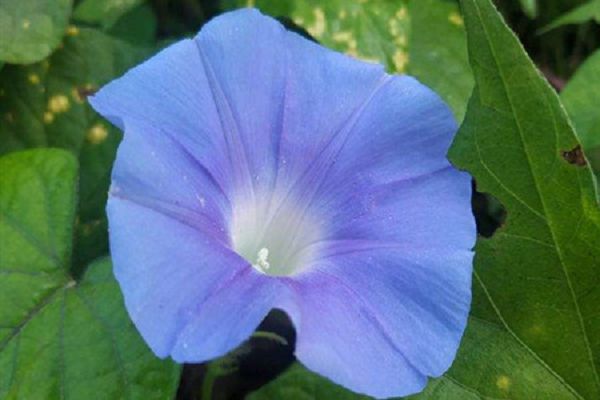What about the leaf curl of peacock bamboo taro?

One: discomfort of ambient temperature and humidity
Symptom
When the peacock bamboo taro sweltering environment, the plant growth is poor, the leaves will gradually curl, and no longer stretch freely. If no measures are taken, over time, it will rot leaves, roots, and even wither and die.
Solution method
Strengthen daily water and fertilizer management to ensure adequate nutrients of plants and enhance disease resistance.
If the plant is placed in an indoor closed environment, spray at least 3 times a day except on cloudy and rainy days to increase humidity.
If the leaf atrophy is particularly serious, you can use plastic bags to cover all the plants, poking some small holes in the basin mouth can not only maintain a certain humidity, but also can be properly ventilated to facilitate recovery.
Second, too little watering and too low humidity
Symptom
Peacock bamboo taro likes a relatively humid environment. If the watering method is incorrect and the soil is not watered for a long time, the internal soil will gradually harden and the external performance can not be seen, but with the passage of time, the leaves will gradually curl, accompanied by partial withering, lower leaves withered and yellow.
Solution method
Peacock bamboo taro is native to the tropical rain forest of South America, and the growth change is required to be relatively humid, except that the basin soil must be kept moist and cannot wait for the basin soil to dry before watering, as long as there is no stagnant water and rotten roots, we should also maintain a high air humidity in the surrounding environment. Therefore, in summer, the plant should be placed in a semi-shady place and spray water to the leaves 2 or 3 times a day to humidify and cool down and promote the robust growth of the plant.
Related
- Fuxing push coffee new agricultural production and marketing class: lack of small-scale processing plants
- Jujube rice field leisure farm deep ploughing Yilan for five years to create a space for organic food and play
- Nongyu Farm-A trial of organic papaya for brave women with advanced technology
- Four points for attention in the prevention and control of diseases and insect pests of edible fungi
- How to add nutrient solution to Edible Fungi
- Is there any good way to control edible fungus mites?
- Open Inoculation Technology of Edible Fungi
- Is there any clever way to use fertilizer for edible fungus in winter?
- What agents are used to kill the pathogens of edible fungi in the mushroom shed?
- Rapid drying of Edible Fungi



